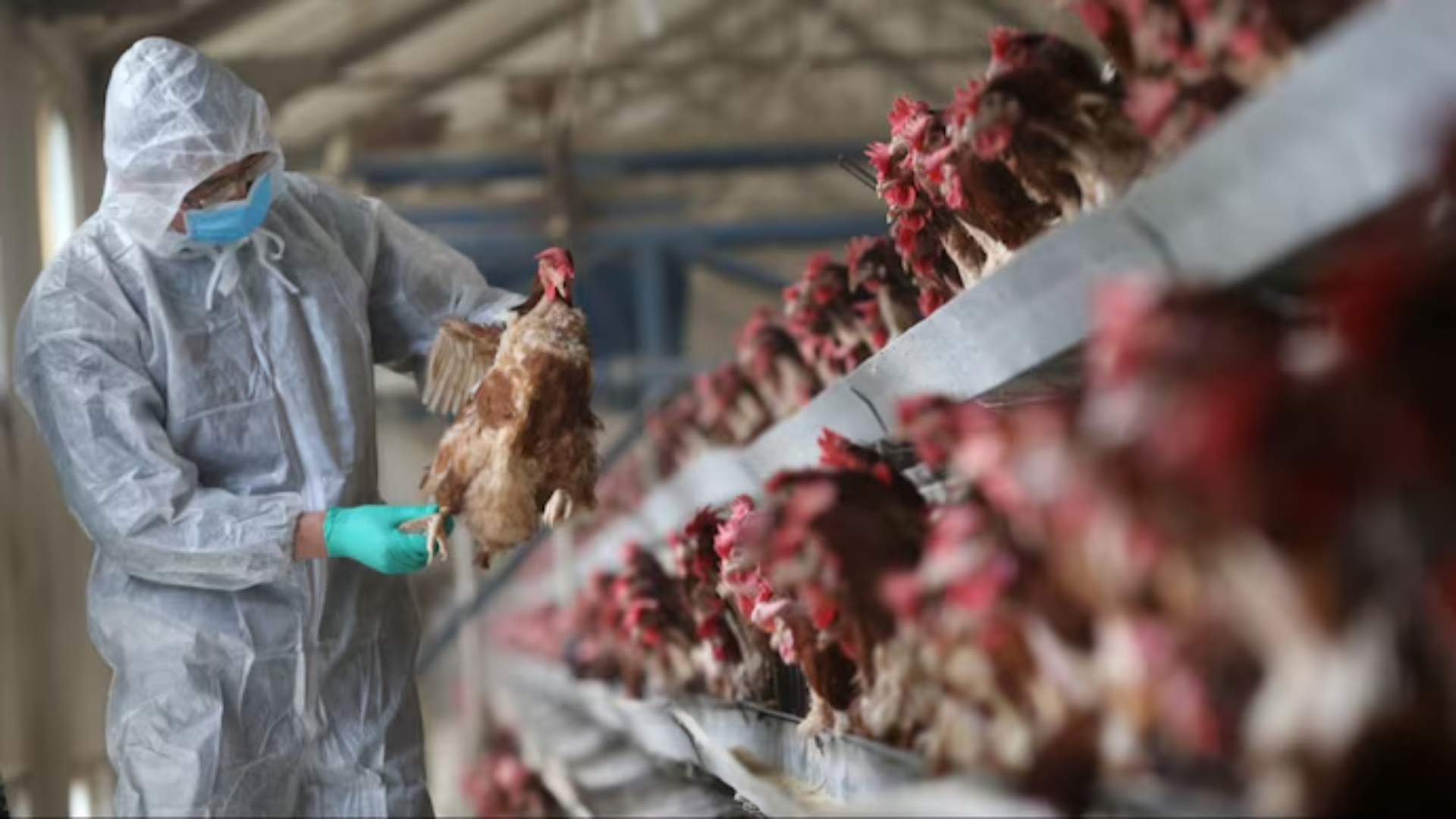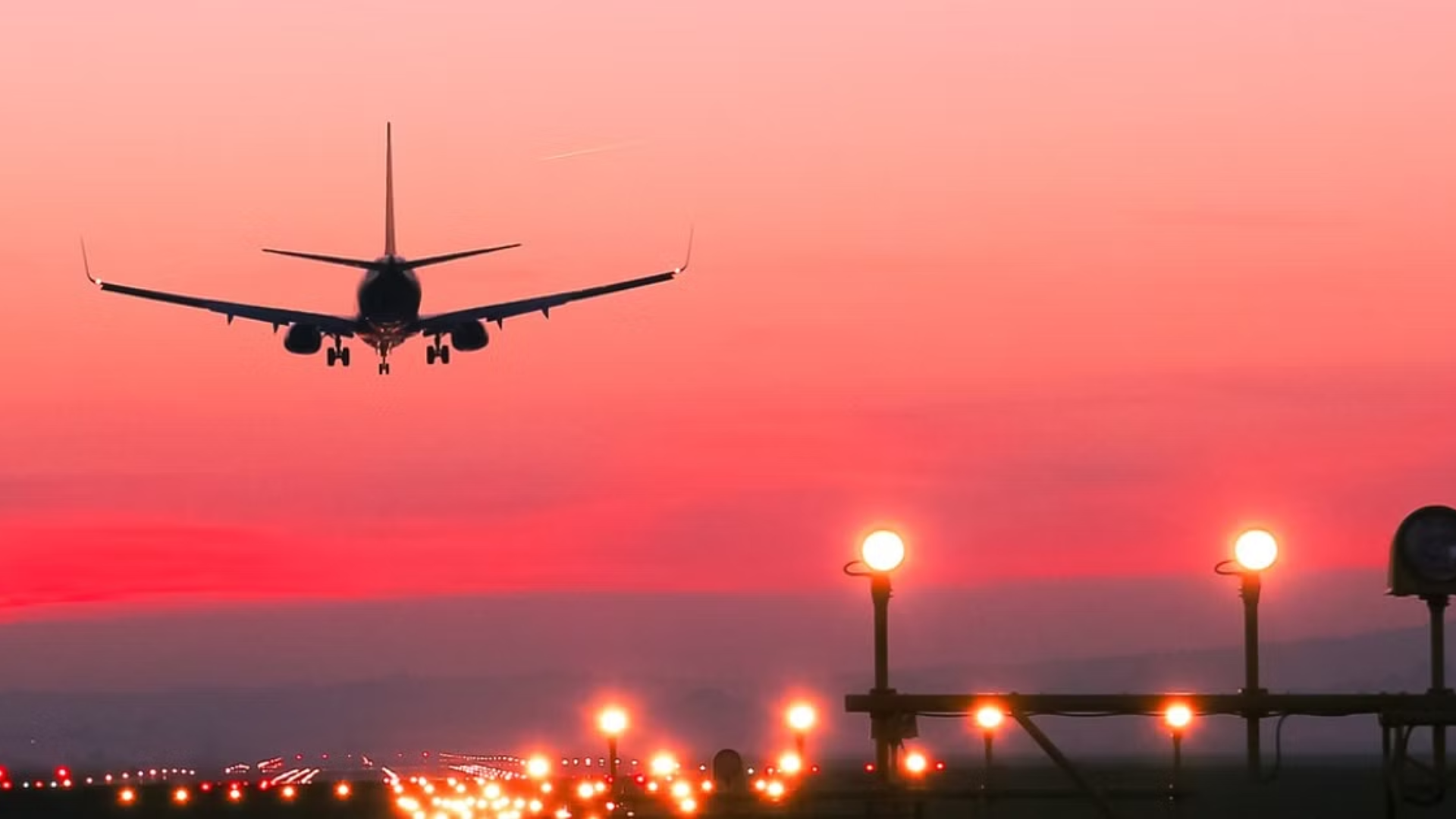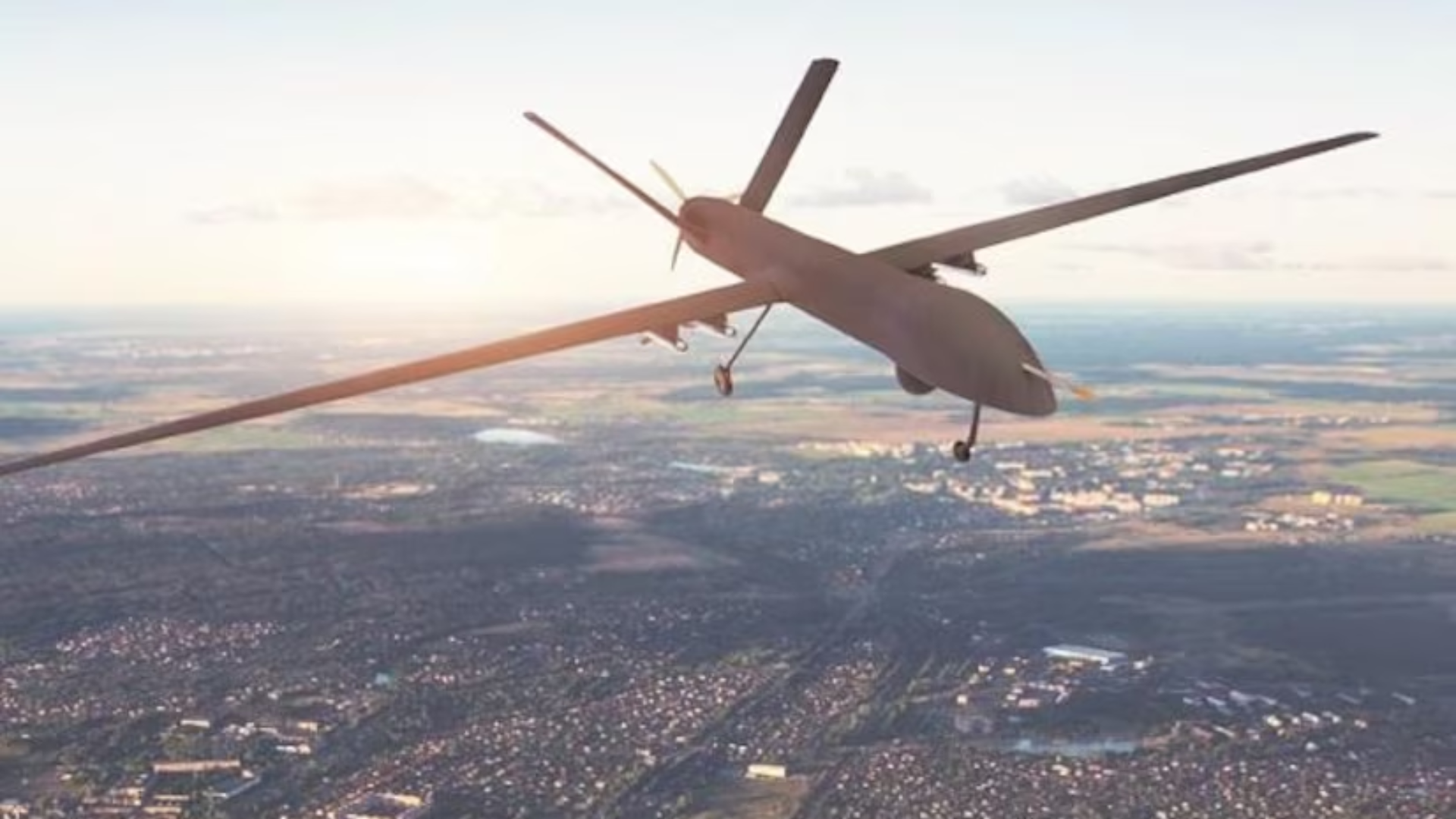


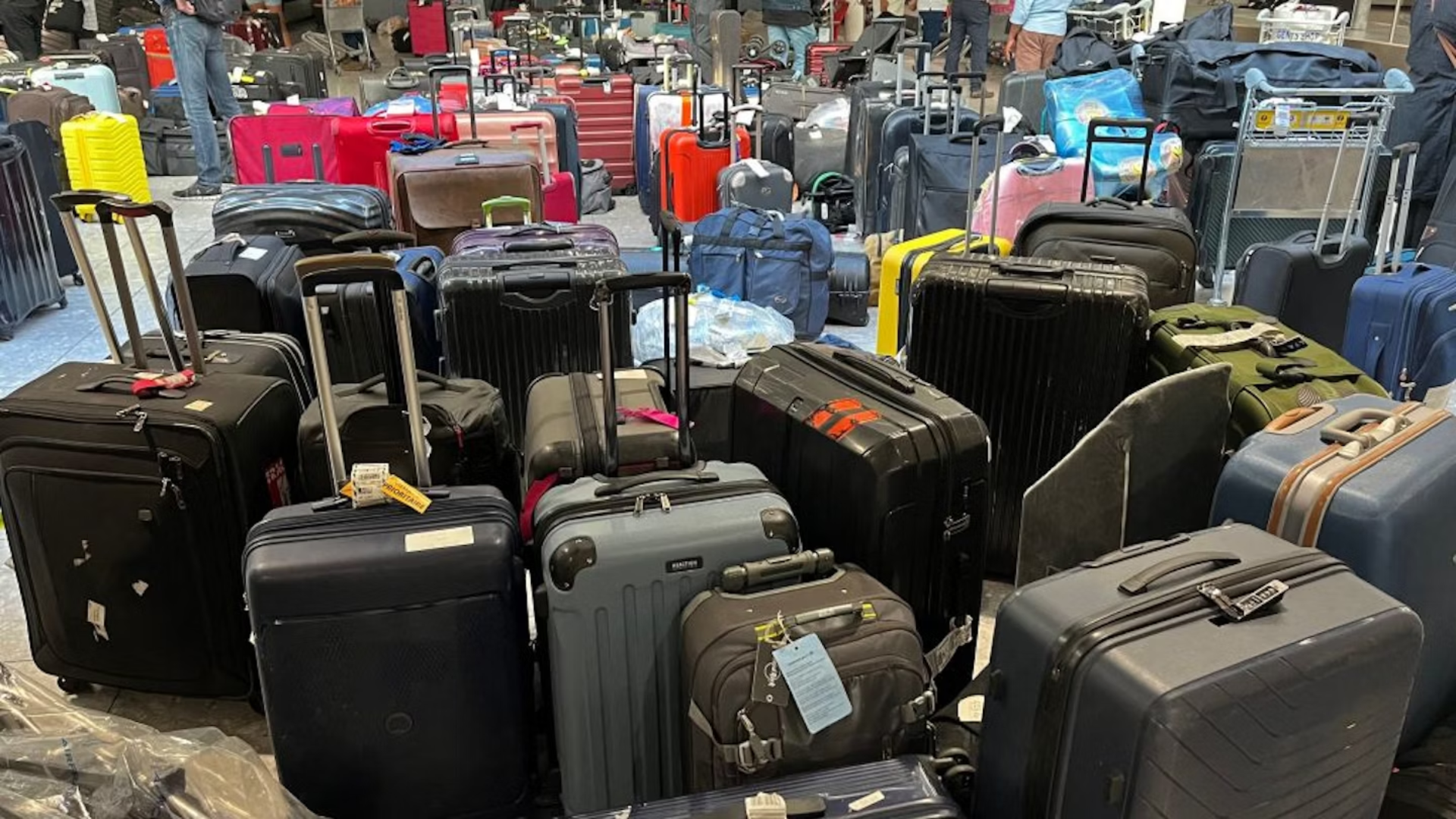






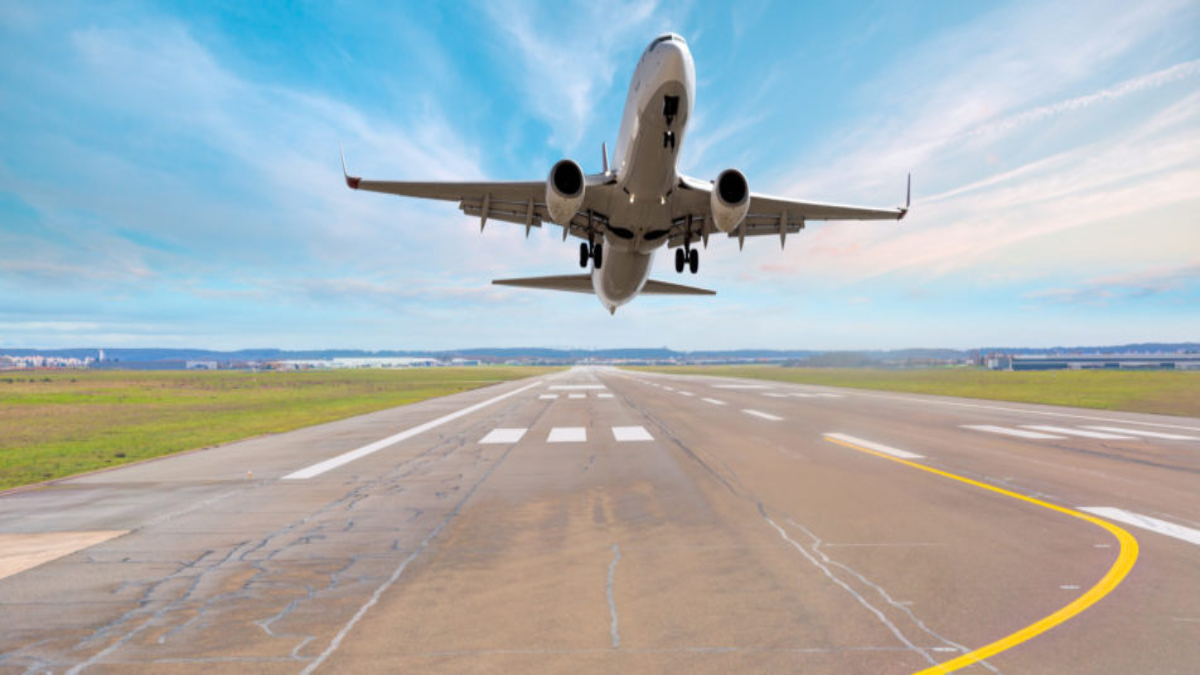
As the coronavirus pandemic stifles air travel, major airports around the world are rethinking plans to spend billions of dollars on renovation projects such as building new terminals, runways and hotel chains that could remain empty if demand doesn’t return soon, The WallStreet Journal reported.
San Francisco International Airport is postponing by at least six months a USD1 billion terminal renovation formerly slated to start in June. In Florida, Orlando’s airport authority scaled back expansion to 15 gates from 19. In London, executives at Heathrow Airport say building a third runway isn’t a priority at the moment, and in New Zealand, Auckland Airport is suspending plans for a new terminal and second runway.
“We don’t need a marble floor,” said Holger Blankenstein, executive vice president of Volaris, a low-cost carrier in Mexico. Keeping airport fees in check, he said, makes it easier for airlines to offer lower fares.
Still, many airports say that it would be expensive to stop a project already underway and that air travel could rebound by the time some expansions are complete. In Australia, work is continuing on a second airport for Sydney, scheduled to open in 2026. Hong Kong International Airport is moving ahead with a new runway. And in Germany, Frankfurt Airport is proceeding with a new terminal.
In view of the uncertainty over air-travel demand, some analysts don’t see it back at pre-coronavirus levels until 2023, but that depends on many variables, such as vaccine development, government travel restrictions and whether people feel comfortable sealed up with a lot of strangers.
Some airports are under pressure to put off big capital expenditures to preserve cash for salaries, critical maintenance and subsidies for struggling retail tenants. Passenger traffic this year is forecast to be 50 per cent lower than was expected before the coronavirus, and airport revenue 56 per cent lower, according to the trade association Airports Council International.
“We think airports will generally wait to assess the stability of the travel market before ramping up capex again,” said Parvathy Iyer, an analyst at S&P Global Ratings. “We would be concerned if airports had not already moved to cut or push out capex in this difficult environment,” Iyer told the Journal.
Airports’ revenue sources include per-passenger fees paid by airlines, parking charges and rent from retailers. Fewer travellers mean less revenue–and in recent weeks, some of the world’s biggest airports have said passenger traffic is down more than 90 per cent, as per data cited by the Journal.
In San Francisco, airport officials were close to bringing in construction crews to start renovating part of Terminal 3 to add more dining and retail space. With the project postponed, the city-run airport plans to use the savings to help offset a revenue shortfall, spokesman Doug Yakel said.
Projects costing about USD148 billion were expected to be completed at airports this year, according to a December report from CAPA-Centre for Aviation, an analysis firm. It found that the level of spending wasn’t increasing substantially, despite concerns from some industry groups that some airports were too congested.
“Airport expansion projects take a long time to design and execute, and planning needs to be done well in advance,” said Stefano Baronci, director-general of the Asia-Pacific branch of Airports Council International.
“Many countries in this region continue to be in catch-up mode,” he added.



